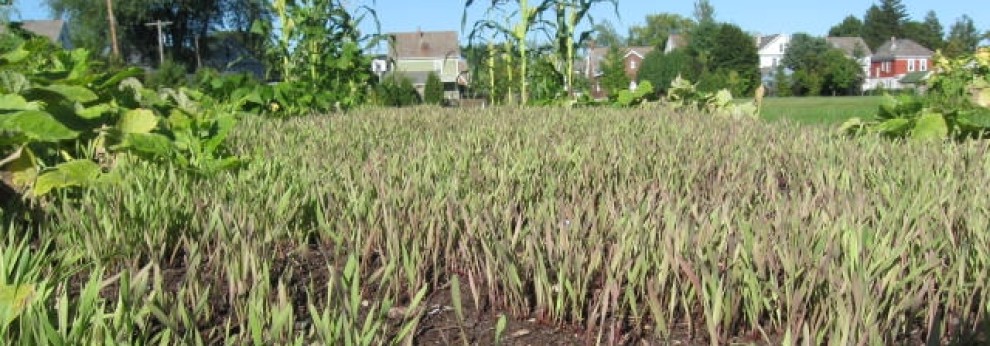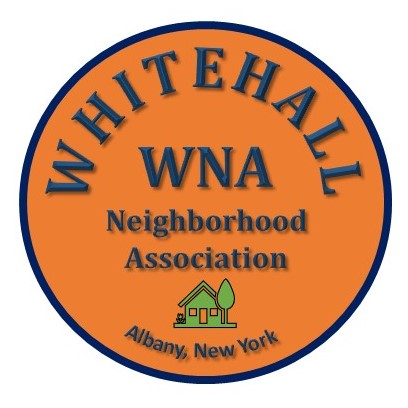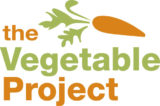A flashpoint of sorts in Michelle Obama’s push for healthy school lunches is a requirement since 2012 that schools make daily offerings of fruits and vegetables. The fine print plays out differently from one circumstance to another, but it mostly requires students to take fruits and vegetables on their trays. But then, as you might guess, huge portions of that healthy food go straight into the trash.
So one indignant camp scoffs at the requirements, formally issued by the U.S. Department of Agriculture. And another says that schools have an urgent role in fostering better eating habits than many Americans have.
A third way, and a better way, exists, however. But it might be seen as more to do by the beleaguered world of public schools. And it might be seen by those same schools as an inappropriate distraction from readin’, writin’ and ‘rithmatic.
It’s this: Get kids closer to food’s origins. And build opportunities for kids to have a bigger role in putting food on their plate. This includes growing produce and maybe animals, too. And it includes preparing food, including cooking. It might also include occasional exposure to freezing, canning, pickling and so forth. We see this premise in action when we take classes walking through our gardens in September and then offer a taste of freshly pulled carrots and freshly picked tomatoes, peppers and beans. We see kids step back to avoid being put on the spot. And then we see those same kids give in to the pleasure and the positive vibe of the moment and try something new. And finally, we see them like what they try. We see roughly the same story play out when we cook during our after-school Garden Club at Myers Middle School and when we give a batch of greens to the cafeteria program and make sure to put a couple signs up along the lunch line saying they came from our garden. We also know that research supports this idea.
One of the big challenges, however, for school garden folks like us is to get the various school partners – classroom teachers in a variety of disciplines and school lunch leaders – to buy in consistently. No doubt, competing demands for their time and resources make it difficult for them. Still, we might pitch the idea to educational leadership – in buildings, at the district level and with the state Education Department – that generalized well being might do more to support those readin’, writin’ and ‘rithmatic goals than some of the narrower reading-centric, writing-only and math-class approaches we see. We might add that there are innumerable opportunities to integrate literacy and numeracy instruction into real-world and hands-on activity in our joyful and sometimes muddy gardens.
— Bill Stoneman




